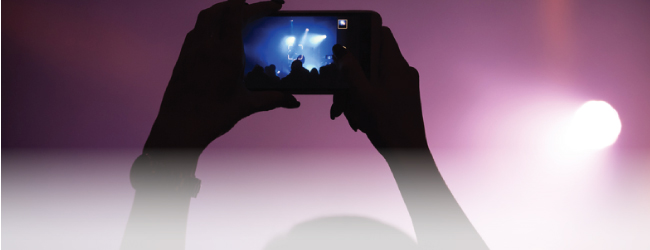
Sex, Lies, and Video Tape: The Importance of Police Accountability
Background
In 1963, the United States Supreme Court announced its landmark decision Brady v. Maryland.[1] The case held that the prosecution has a duty to turn over exculpatory evidence to the defense provided it is material to the defense and favorable. The case itself involved the prosecution withholding a letter in which Brady’s co-defendant confessed to being the shooter in a murder. Brady admitted to his involvement in the murder, but claimed the co-defendant did the shooting. Both men were sentenced to death. On re-trial, with the materials, Brady received a life sentence that ultimately led to his parole and a law-abiding life. The difference here was literally life and death.
Many states have adopted their own “Brady” statutes that expand on the prosecution’s duty to turn over exculpatory materials. In California, Penal Code section 1054.1(e) requires the prosecution to disclose any exculpatory evidence. The statutory provision is broader because while something may not be material, it could still be favorable, nonetheless.
In a separate case, the California Supreme Court announced its 1974 decision in Pitchess v. Superior Court,[2] granting limited access to police personnel records for complaints of misconduct. While the case allows such access, the defense has to lay out a “plausible” factual scenario supporting their claim, the relevance of the materials, and how it would be admissible in court. There are also several limitations. The defense is not allowed to view the materials directly, but rather it is reviewed in camera by the judge in the presence of the police department. The defense can receive the names and contact information for witnesses, but then must interview them to hear their information. If the witnesses cannot be located or cannot remember what the complaint was about, the defense may then present a supplemental motion to access the complaint itself. Such access is generally limited to five years.
In many jurisdictions, the prosecution uses the same “Pitchess” process to attempt to comply with their “Brady” obligations with mixed results. Some courts ruled the prosecution failed to make a “plausible” factual showing and some courts ruled they were not administrative agencies of the prosecution and the prosecution should independently turn over any material they were aware of without going through the “Pitchess” process.
Recent Legal Developments
Over the last few years, there has been a movement towards greater transparency regarding police misconduct. Lawmakers have enacted several provisions geared toward ensuring the defense an opportunity to learn of police misconduct. The California state legislature passed SB 411 clarifying that private individuals have a right to record the police in any place the individual has a right to be or in public. California Penal Code section 141(b) was enacted in 2017 to make it a felony for a police officer to “alter, modify, plant, manufacture, conceal, or move any physical matter, digital image, or video recording, with the specific intent that the action will result in a person being charged with a crime…” In July 2019, the public will have access to audio and video recordings of “critical incidents” such as police-involved shootings and use of force that result in death or great bodily injury.
Why is this Important?
Police unions have resisted many of these efforts but they have nonetheless been enacted to protect the public. While some police officers and their supporters argue police officers have a hard job and put their lives on the line to protect the public, other communities argue they have been unfairly treated and have no means of proving it without greater transparency in the system.
As a criminal defense attorney with fifteen years of experience, I have often defended clients who have told me officers have beat them, stole from them, and lied in their reports. Without video evidence, I have had to tell many clients we were out of luck when it came to proving their allegations because in court officers are usually presumed to be honest and law-abiding.
In 2011, I faced a similar problem when a client came to me with such a story. By the time the case came to me, the allegations were six months old. I told him I would see what I could find but that he should not expect much given the length of time that had passed. Fortunately, there was a video of the incident that we were able to locate and his case was thrown out in a suppression motion. Without that recording, we would likely not have had the same outcome because while judges are supposed to use the same standard to assess the credibility of all witnesses, there are very few judges that are comfortable finding a police officer not credible. Jurors believe an officer would not risk his/her career to lie in a criminal case. Judges see officers on a regular basis and view them as part of the criminal justice “team.”
There are a number of high-profile cases in which disturbing events have played out that have led to serious criminal charges as well. Some officers have been accused of murder or manslaughter, sex with an underage prostitute, theft of nude photos, texting racist messages about potential suspects, and other crimes. And that’s just locally within the last ten years. Since police witnesses are not, in practice, treated with the same level of skepticism as lay witnesses, suspects need opportunities to gather evidence to help judges and juries balance the scales of justice. Afterall, police officers are government officials and other types of government officials are not similarly shielded from public scrutiny. There is no reason police should be able to hide behind a cloak of secrecy while performing a public function in a democratic society. As Dr. Philip McGraw frequently says, “people who have nothing to hide, hide nothing.”
[1] 373 U.S. 83 (1963)
[2] 11 Cal.3d. 531 (1974)